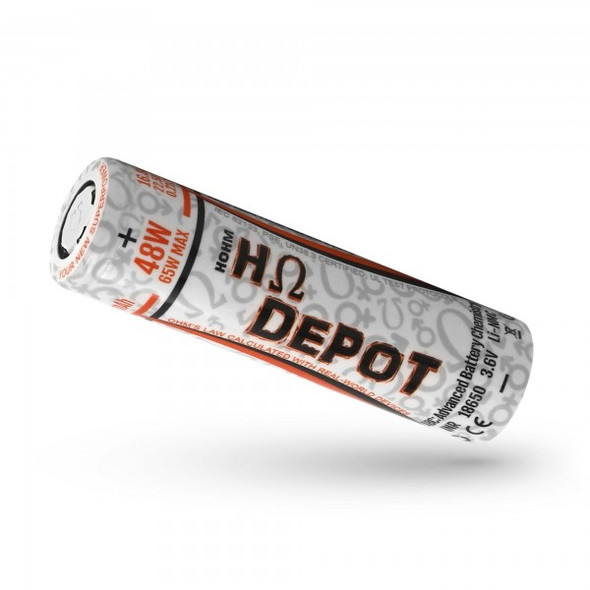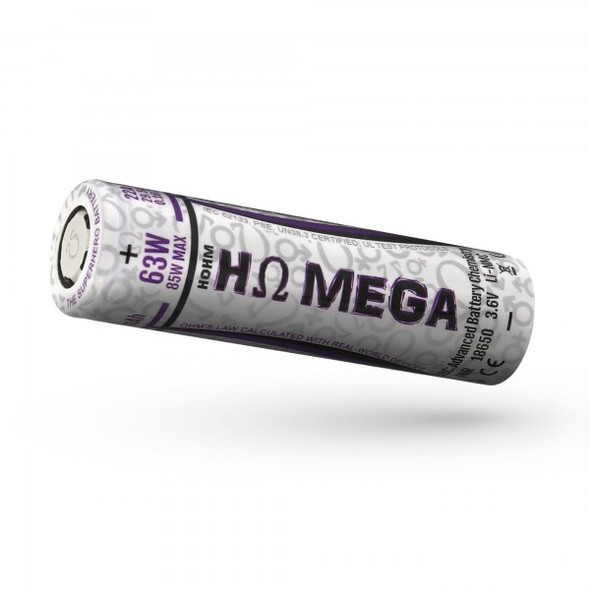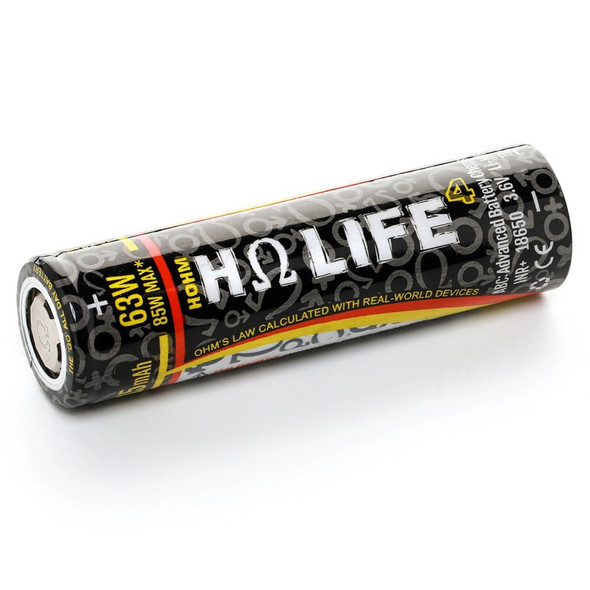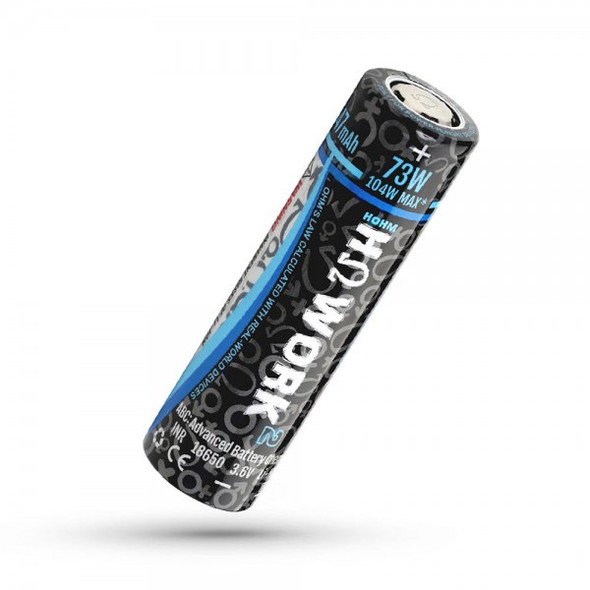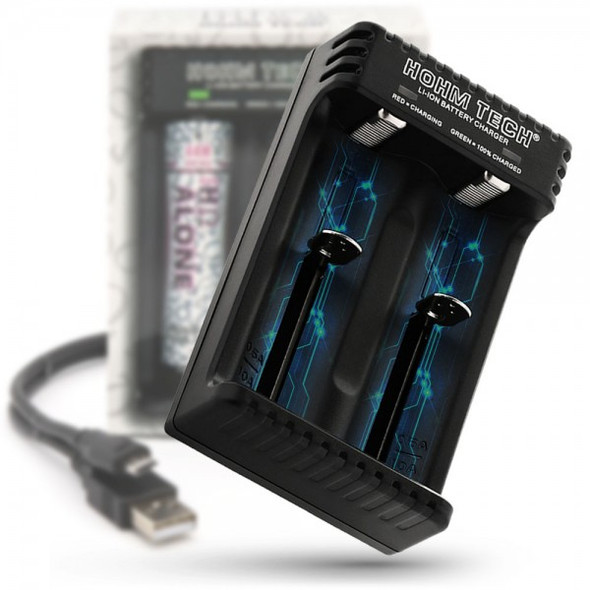Description
Hohm Tech - Hohm Alone 18650 3309mAh 3.6V Battery (Single)
The all-new Hohm ALONE deftly balances exceptional portability with potent performance to bring devices a near 30% greater run time under 15.3A than Hohm WORK2 18650. The latest QSP Chemistry powers through work and play, while ample battery life remains to keep you running on the go. How is this possible…
It achieves the highest Universal Density-to-Output Score (UDOS) for the 18650 size classification over 3aH7. There is no other >3aH 18650 in the world matching the amperage-to-capacity capabilities of Hohm ALONE. In low-power applications, it rivals the very best of ultra-high capacity cells with its Gravimetric Score (Energy Density) of 247 Wh/kg. However, Hohm ALONE obliterates these same cells on amperage capabilities while maintaining sub-limit temperatures.
Specifications:
- Capacity: 3309mAh
- Max Charge Rate: 4.14A
- Continuous Discharge Rate: 15.3A
- Max 80°C | 2.8V Cut-Off: 19.6A
- U.D.O.S.: 1048
- Gravimetric Score: 247 Wh/kg
- Cycle Life Retention: 500 Cycles (74%), 1000 (63%)
- Chemistry Type: QSP Li-NMC
WARNINGS:
KEEP OUT out of reach of children and pets.
DO NOT store or carry batteries unprotected.
DO NOT use lower resistance (Ω) # OR exceed any cell limitation as indicated on cell.
DO NOT use in device that allows batteries to touch that are facing opposing directions (risk severe burn injury and explosion).
DO NOT install, use, or charge backwards or improper configuration.
DO NOT use a battery that has ANY dents, tears, punctures, or any other damage at all to its structure or outer label wrapping (risk severe burn injury). Inspect each battery carefully before use. This ensures safe, reliable, consistent operation, and functionality.
DO NOT use if hot to touch. Risk severe burn injury and explosion.
DO NOT charge over 4.2v or discharge below specified cut-off volts.
Lithium ion batteries have inherent risks that can cause severe burn injury, fire, explosion, and battery failure if not handled and used in accordance to an application’s power requirements and/or within the battery capabilities. Read specification sheets’ cautions, warnings, and prohibitions (available in Download Center of this site).




